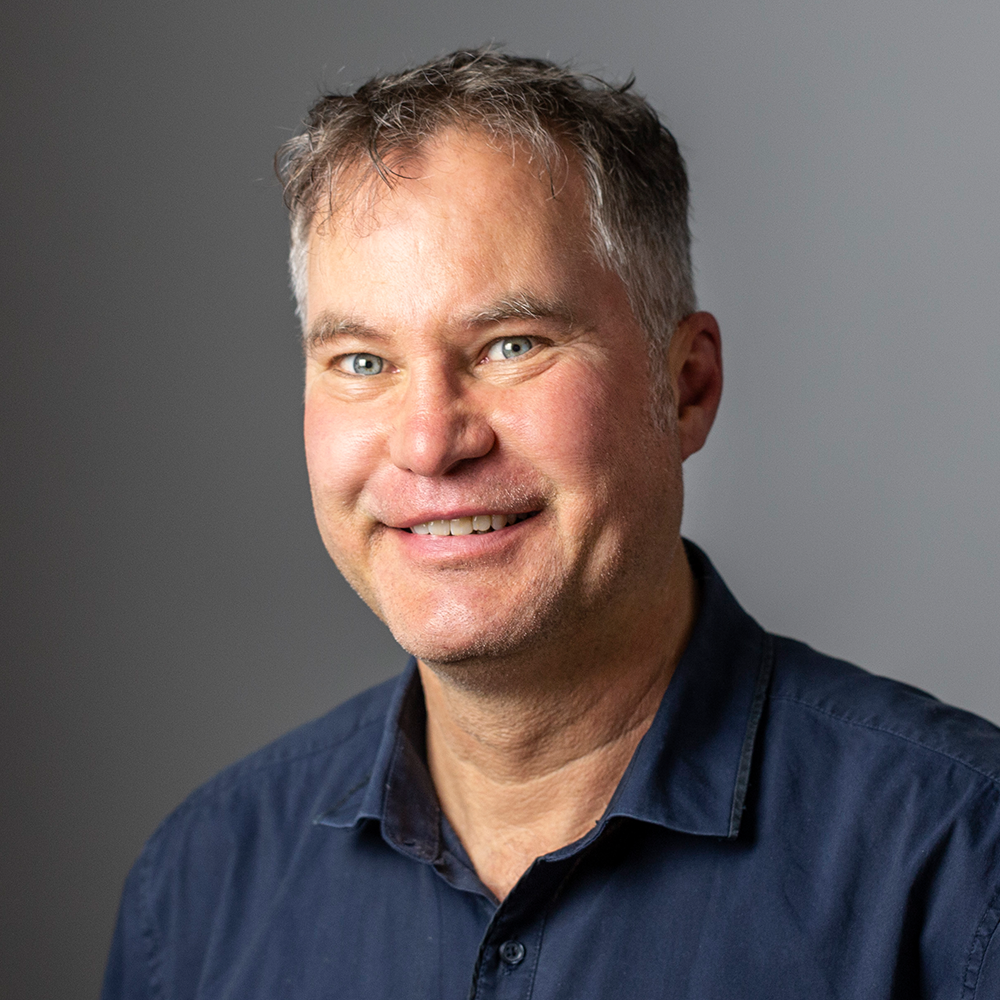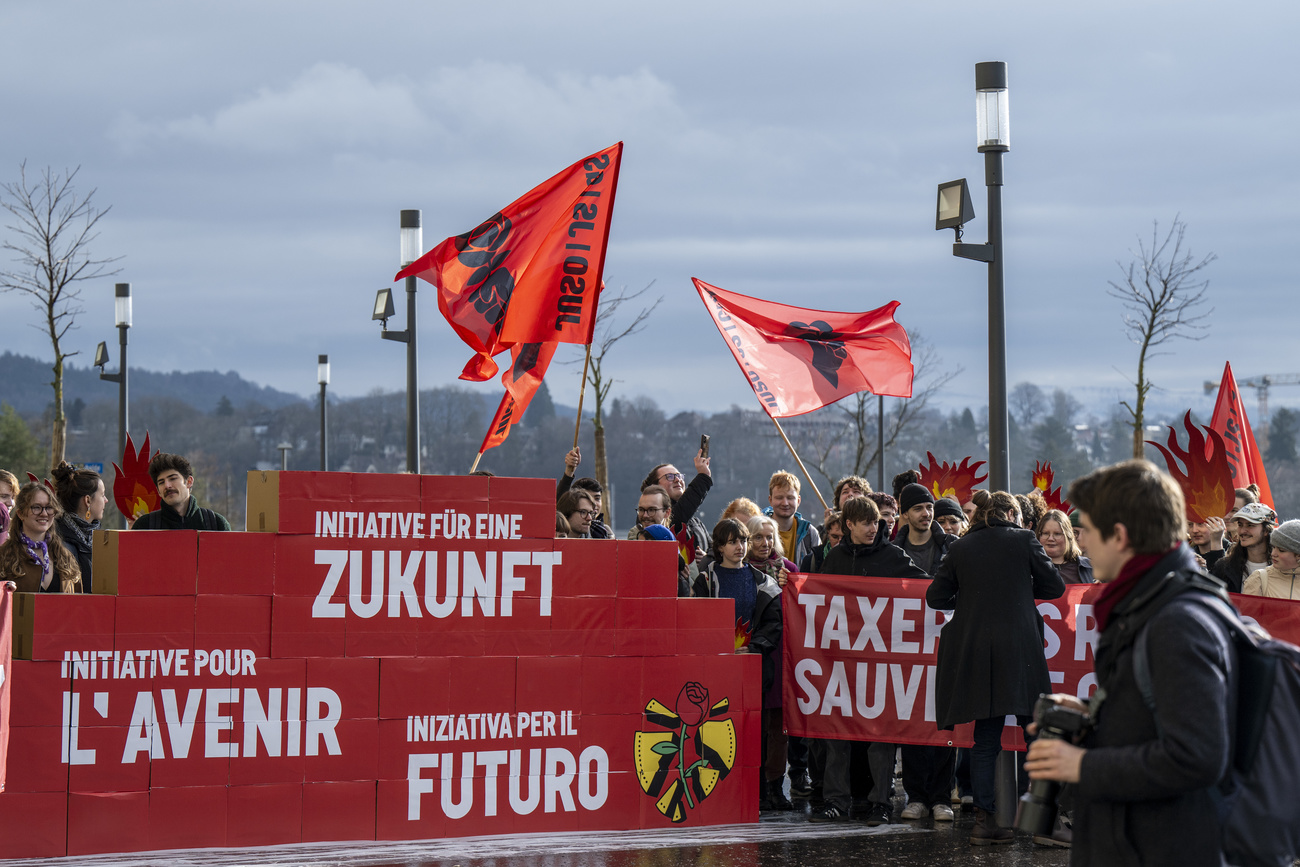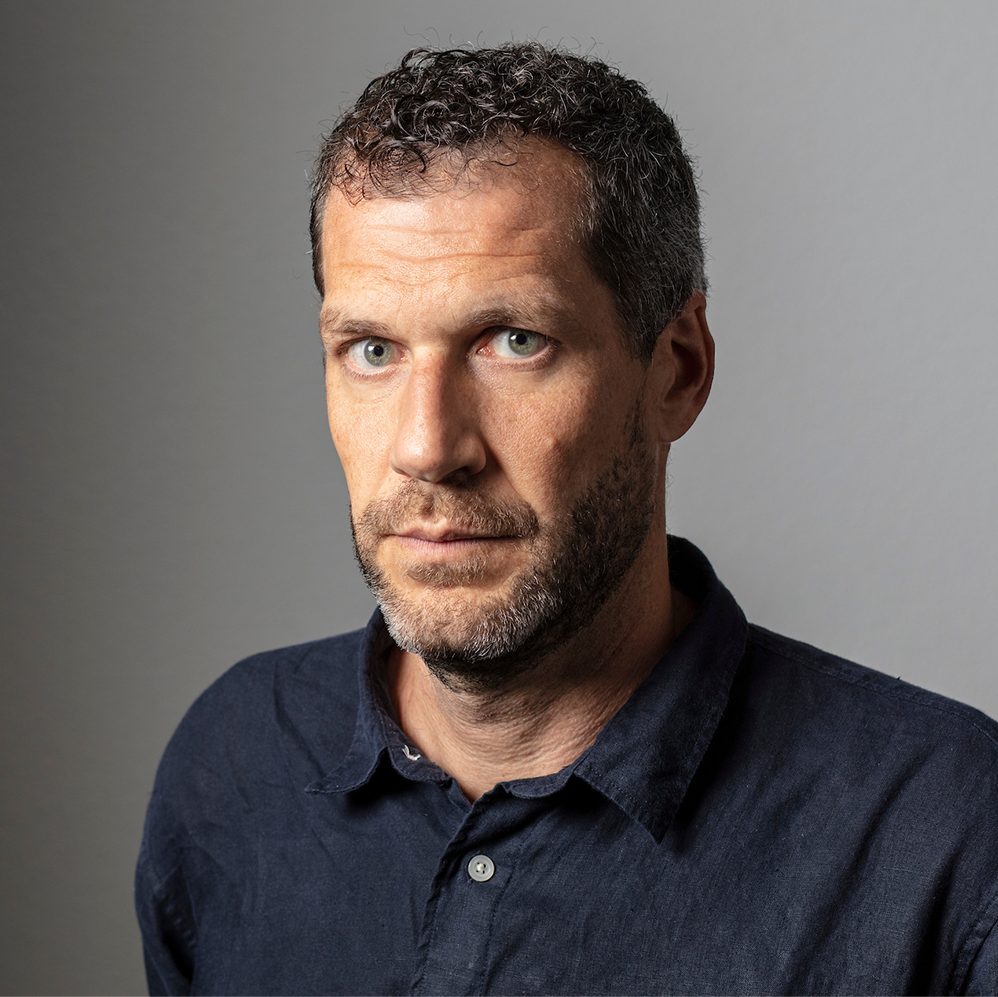
Switzerland Today
Dear Swiss Abroad,
My colleague Emilie Ridard recently travelled to Cameroon, where she met 95-year-old Pierre Zumbach, a Swiss Abroad who has lived in the country for nearly half his life. Zumbach has become an important figure in Cameroon's economic life and serves as a key contact for Swiss authorities.
Switzerland remains an innovative nation. The European Patent Office has examined all patents over a period of 20 years, showing that Switzerland is one of the most industrious inventor nations.
Good reading!

Federal government plans €4 billion savings package
The federal government is putting together a €4 billion (CHF3.75 billion) savings package, which includes ending a popular tax optimisation option. This aspect of the plan is only now coming into focus and could be highly contentious.
The “Gaillard savings plan” has been available since the end of September. It includes many cuts to federal spending aimed at eliminating the structural deficit in Switzerland’s budget, overseen by Finance Minister Karin Keller-Sutter (pictured above).
However, on Sunday, the Swiss newspaper Sonntagszeitung calculated what one of the 60 proposals in the plan would mean in practice: the end of a popular, and for some, the only tax optimisation method. Reactions have been striking, with the savings package now being criticised by centre-right parties.
The focus is on private pension provision, the so-called 3a pillar. Payments into this fund are currently tax-deductible and will remain so. However, in the future, withdrawals from these assets are to be taxed more heavily. This would reduce the incentive for owners of small and medium-sized enterprises (SMEs) to take responsibility for their own retirement planning. Sonntagszeitung ran the headline “Attack on the middle class.”
Yesterday, the major parties shared their views on the matter. Notably, all centre-right parties see a need for changes and want to intervene if the austerity plan reaches parliament.
What does this mean? The core of the federal government’s strategy was to present the entire package to parliament as a blanket decree, avoiding debates on individual measures. However, this now seems unlikely. The package will probably not survive in its current form, and parliament is expected to break it down into individual elements.
- Sonntagszeitung’s External linkinvestigation into the effects of the austerity package (in German)
- Neue Zürcher ZeitungExternal link on the reactions of centre-right parties (in German)

Switzerland excels in academic patents
Switzerland has the second-highest number of academic patents in Europe relative to its population.
The federal technology institute ETH Zurich leads in the number of start-ups that register patents from university research. This was revealed in a report published by the European Patent Office (EPO) on Tuesday.
Switzerland has 772 academic patents per million inhabitants. Only Denmark has more, with 800 patents per million. The leading countries in absolute numbers of academic inventions are Germany, France, the United Kingdom and Italy.
In addition to ETH Zurich, which is responsible for 2,219 academic patents, 24 other Swiss institutions also registered at least one patent at the EPO between 2000 and 2020.
According to the EPO, a total of 160 Swiss-based start-ups applied for European patents on academic inventions between 2015 and 2019, with ETH Zurich leading the way with 101 start-ups.
- The full SDA news agency report on Moneycab.comExternal link (in German)

Swiss economist makes an impact in Cameroon
A Swiss economist moved to Cameroon at the age of 50. Today, at 95, he has made a significant contribution to the local economy.
Pierre Zumbach, a Geneva native with roots in canton Bern, grew tired of travelling the world for work. At 50, he settled in Yaoundé, the capital of Cameroon. The macroeconomist quickly became a key figure in Cameroonian economic life. After establishing himself in Cameroon, Zumbach unexpectedly inherited a Geneva-based foundation from his former boss.
Over time, he received increasing requests related to the development and organisation of economic events, one of which was to showcase the countries that make up the Economic and Monetary Community of Central African States (CEMAC).
To organise this event, Zumbach assembled a team that travelled through all the member states, visiting around 600 companies in countries like Congo, Gabon, Equatorial Guinea, the Central African Republic and Chad. He is particularly proud of “the promotion of social peace, as people from all social classes participate,” says Zumbach.
- Full article on SWI swissinfo.ch (available in German, French and Italian)

Autumn tourism grows, but faces challenges
Due to weak and fluctuating winter tourism, Switzerland Tourism is increasingly focusing on autumn. However, so far it has primarily attracted Swiss nationals.
Winter is arriving later in the year. “Autumn now lasts 12 days longer than in the 1970s, which presents enormous potential for the season,” says François Germanier from Switzerland Tourism on Swiss public television, RTS. Indeed, overnight stays in autumn have increased by nearly 10% in recent years.
In response, Switzerland Tourism has launched another campaign featuring tennis star Roger Federer and Danish actor Mads Mikkelsen (pictured above), highlighting the beauty of Switzerland’s so-called “Indian summer.”
However, one challenge remains: autumn can often be grey. “Some international visitors prefer sunnier destinations,” says Jean-Vital Domézon, president of the Geneva Hoteliers Association.
This trend also applies to Swiss nationals. As summers in the Mediterranean become hotter, many now book their beach holidays in autumn. And if the weather is unfavourable, even those who haven’t travelled tend to stay home. “The weather is really the key factor for autumn tourism in the mountains,” says Simon Wiget, Director of Verbier Tourism on Swiss public television, RTS. As a result, day trips are gaining importance in Switzerland.
- Article by Swiss public television, RTSExternal link (in French)

Picture of the day
A construction worker rides his bicycle through the Sihl-Zurichsee relief tunnel. In extreme cases, the Sihl can swell into a raging river. This two-kilometre-long flood relief tunnel is intended to provide relief in future.
Translated from German by Alexandra MV Andrist/ac

In compliance with the JTI standards
More: SWI swissinfo.ch certified by the Journalism Trust Initiative








